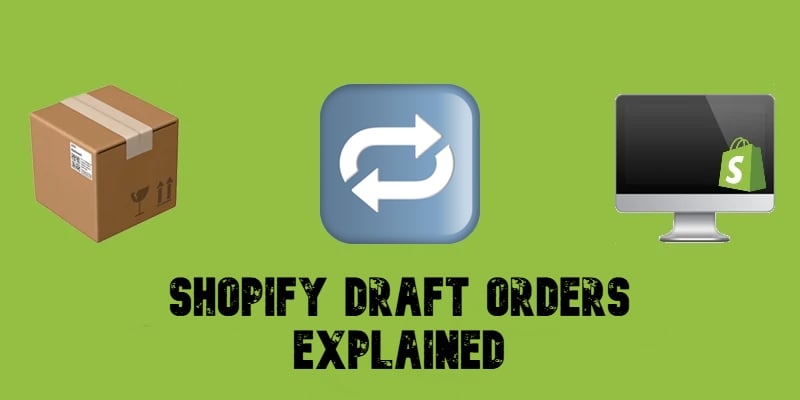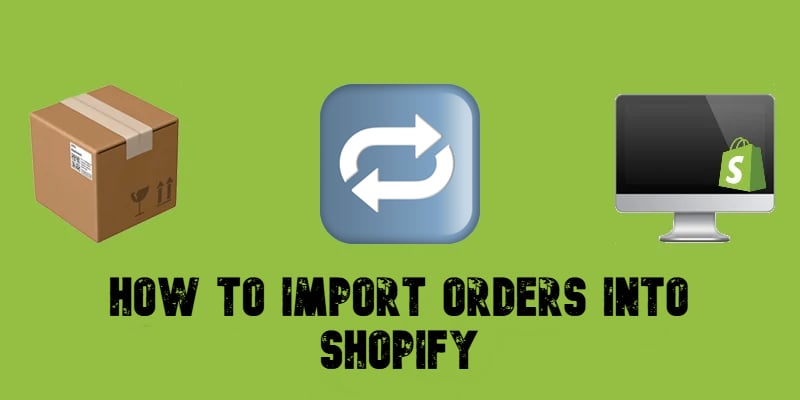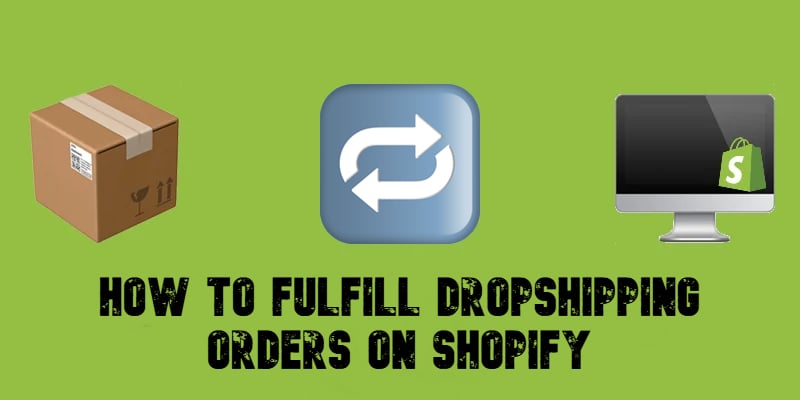A Complete Guide to Shopify Customer Import

Transferring customer data is a critical step for any e-commerce business looking to migrate to Shopify, update existing customer profiles, or sync data across multiple sales channels. The ability to import customers to Shopify efficiently ensures a smooth transition without losing essential customer details, purchase history, or segmentation.
Although Shopify provides a built-in import tool that allows merchants to upload customer data via a CSV file, it has several limitations. For instance, the default importer lacks automation, does not support direct CRM or ERP integration, and cannot import customer passwords or purchase history. These restrictions often make it challenging for businesses dealing with large-scale migrations or frequent data updates.
This guide will walk you through the Shopify import of customers, explore the default Shopify customer import method, and introduce a more advanced alternative for merchants needing additional features and automation. But before going any further, let’s see why you may need to import customer data to your Shopify admin. Continue Reading









